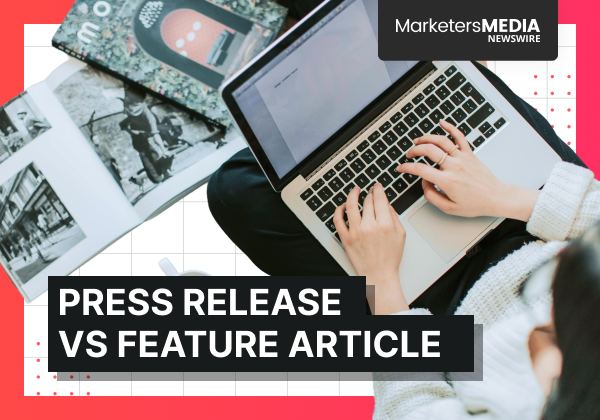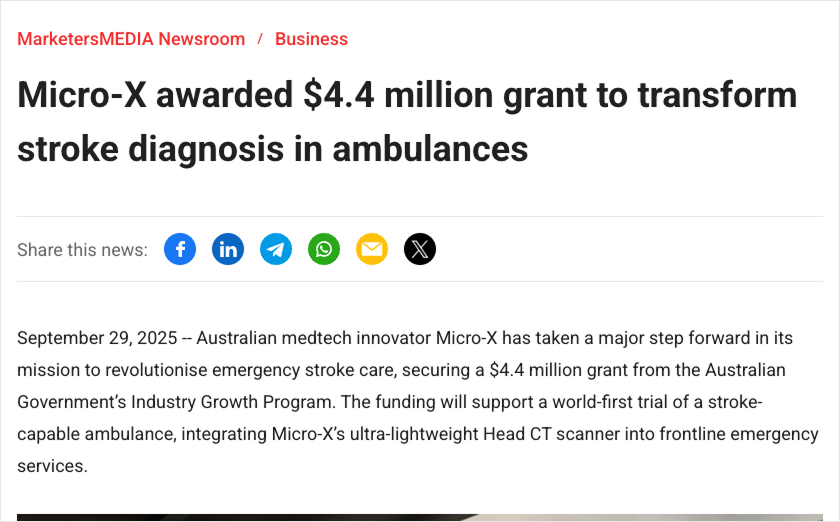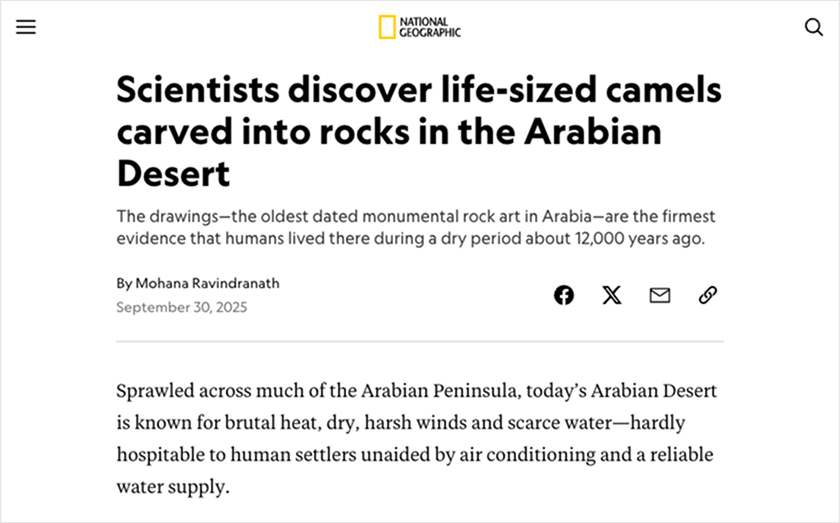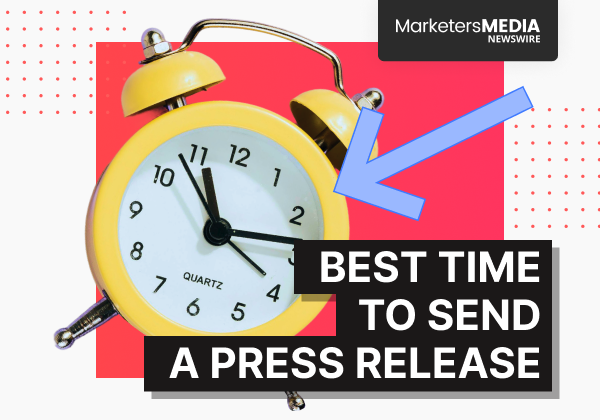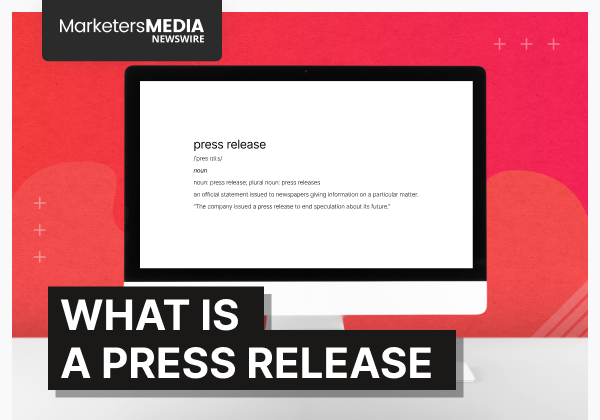Misclassifying your content doesn't just look unprofessional. It actively damages your credibility.
When you treat a subjective, narrative-driven story as objective hard news, you fail to meet rigorous journalistic standards.
When you squeeze a feature-worthy topic into press release format, you strangle the narrative development needed for long-term audience engagement.
PR professionals who understand the functional differences between press releases and feature articles make smarter placement decisions, write more effective pitches, and build stronger media relationships.
Press Release vs. Feature Article
Press releases and feature articles are not variations of the same thing. They’re designed for completely different outcomes.
- Press releases announce. They share factual, time-sensitive updates—new products, executive appointments, earnings reports, partnerships. Distributed through newswires, they deliver information quickly to journalists, stakeholders, and investors.
- Feature articles explore. They analyze the significance of events or issues rather than merely reporting them. They’re pitched to specific publications, developed into long-form narratives, and written to engage readers over time.
Understanding this difference is the first filter between coverage and rejection.
Three Differences That Define Each Format
The differences between formats are clear:
| Element | Press Releases | Feature Articles |
|---|---|---|
| Length | 300-500 words focusing on essential, immediate facts | 1,000-4,000+ words providing background, context, and multiple perspectives |
| Structure | Inverted pyramid: most critical information first, less important details follow | Narrative arc: scene-setting hooks, plot development, story progression |
| Tone & Timeliness | Objective, straightforward, time-sensitive current events | Subjective, entertaining, analyzes significance beyond immediate news cycle |
The differences reflect purpose. Press releases inform quickly. Features engage deeply.
Press releases use the inverted pyramid so editors can cut from the bottom up without losing key facts. The format is standardized, and that’s the point—journalists know exactly where to find what they need.
Feature articles follow narrative arcs. They may open with an anecdote, with the thesis (the “nut graf”) appearing later once context has been set.
Tone is just as important. A press release says: The company won an award. A feature tells the story of how leadership or culture made that achievement possible. Same event, two very different treatments.
Now that you understand the differences, here's how to decide which format serves your story best.
When to Use Press Releases
Press releases excel when speed and reach are critical. Common use cases include:
- Product launches and updates
- Executive appointments or departures
- Financial results and earnings
- Partnerships and acquisitions
- Event announcements
- Company milestones
- Crisis communications requiring rapid response
Through distribution services like MarketersMEDIA Newswire, one release can reach 570+ media outlets at once. Journalists monitoring their beat get the information they need in real time.
When to Use a Feature Stories
Feature articles work when your story benefits from narrative complexity and emotional engagement. Four types of features offer different opportunities:
Profiles examine specific individuals in depth—their life, work, motivations, and impact. If your CEO, founder, or employee has a compelling personal story tied to broader industry trends, it's profile material.
Human interest stories highlight emotional experiences of ordinary people. Your customer who overcame obstacles using your product. Your employee volunteer program changing lives in your community. These stories make direct emotional appeals that press releases can't.
Trend stories identify and explore current or emerging patterns. If your company data reveals shifting consumer behavior or your industry faces disruption, trend features analyze causes and consequences using your expertise as a primary source.
Explanatory features (explainers) break down complex topics for general audiences. If your company operates in a technical field—AI, biotech, fintech—explainers position your experts as authorities while educating readers about complicated subjects.
Smart PR Uses Both
Smart PR strategies use both formats strategically, not interchangeably.
Distribute your press release about quarterly earnings through the newswire for immediate, wide coverage. Then pitch a feature to business publications about the unconventional strategy that drove those results.
Send a press release announcing your new sustainability initiative. Follow up with feature pitches to environmental publications profiling the engineer who developed your breakthrough technology.
For example, a tech company might issue a press release about launching an AI product. That same company could pitch a feature story exploring how their team solved ethical challenges during development—including the difficult decisions, internal debates, and what they learned.
Press releases give speed and reach. Features create depth and lasting impact. Used together, they maximize visibility and engagement.
Make the Right Choice Every Time
Most routine company updates belong in a press release. But when a story carries emotional weight, complexity, or cultural significance, it deserves feature treatment.
Ask yourself three questions:
Is it time-sensitive? Press releases handle breaking news. Features explore lasting significance.
Does it need wide, immediate distribution or targeted, in-depth coverage? Press releases reach hundreds of outlets instantly. Features require individual pitches to specific publications.
Will readers care about the facts or the story behind them? Press releases deliver information. Features create connection.
Confusing press releases and features weakens your communication. Using them correctly builds credibility, earns placements, and makes your stories work harder.
Both formats are valuable—when you match them to the right story.
Want to make sure your press releases reach the right audience?
MarketersMEDIA Newswire connects your announcements with news platforms, outlets, and stakeholders worldwide.
With guaranteed pickup across 570+ media outlets—including AP News, Business Insider, Benzinga, and Newsbreak—delivering a potential reach of 5.9 billion worldwide.
Let us get your news in front of the people who need to see it—fast. Get in touch with us here.
Frequently Asked Questions (FAQ)
Q: What is the most critical structural component of a feature article that differentiates it from a hard news story?
A: The most critical structural component is the Nut Graf (or "nut graph"). It serves as the story's thesis, summarizing the central subject, main tension, and purpose, and is often intentionally delayed until after a scene-setting narrative hook to maintain reader interest.
Q: What is a "because" statement, and why is it recommended for writing long-form features?
A: A "because" statement is a single, private, internal editorial sentence developed by the writer to capture the story's essence (e.g., "Person X is doing Y because of Z"). Experienced editors recommend it as an internal compass to prevent narrative drift and ensure the long-form feature remains focused and coherent
Q: What is the key to successfully pitching a feature article to an editor?
A: A successful pitch must be highly personalized to a specific editor and publication, and it must sell a story, not a topic. The pitch should clearly outline the article's beginning, middle, and end and specify the core question it will answer for the reader.
Q: What are two high-demand, evergreen content categories for feature articles?
A: Two high-demand evergreen categories are Timeless Narrative Nonfiction (focusing on classics like In Cold Blood as models for literary style and structure) and Expert Profiles and Life Hacks (focusing on universal interests like self-improvement and efficiency). These provide perpetual value and sustained traffic.
Q: What is the primary purpose of using anecdote in feature writing?
A: Anecdotes are a critical stylistic tool for making concepts relatable, evoking emotion, and personalizing the narrative. They are crafted using techniques borrowed from fiction—such as defining a challenge and using dialogue—with the primary focus being on "showing, not telling".
Free Press Release Template
Tell us where to send your PDF:
